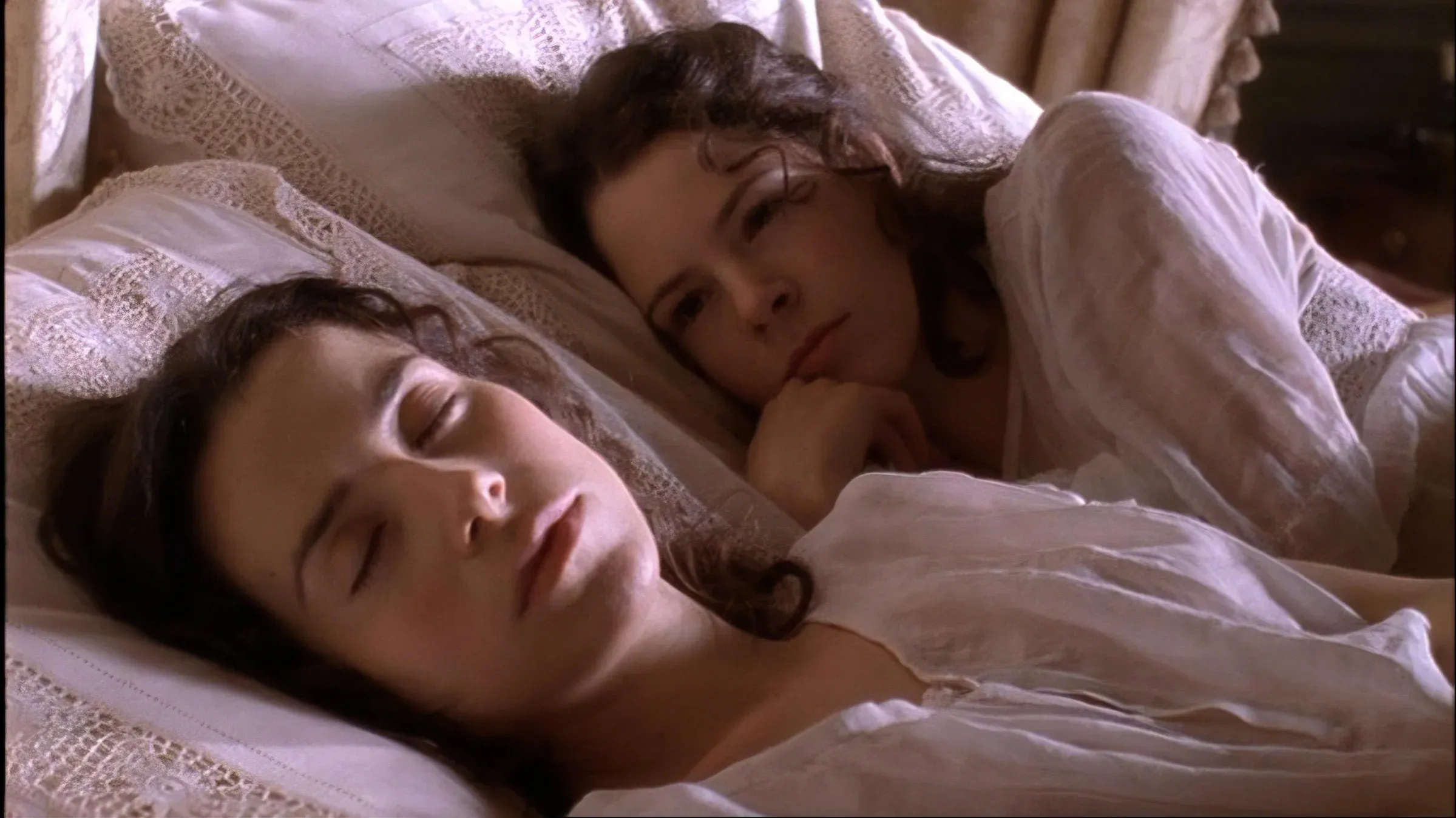👉Full movie at end of the post
That Obscure Object of Desire opens on a train in Spain, where an older Frenchman named Mathieu recounts to fellow passengers the bizarre and frustrating love affair he's had with a much younger woman named Conchita. This framing device introduces the central narrative through flashbacks, blurring the line between memory and obsession.

Conchita, portrayed by two different actresses (Carole Bouquet and Ángela Molina), represents a deliberately fragmented character. One version is cool and distant, while the other is sensual and passionate. Buñuel uses this duality to explore the instability of desire and the illusions men project onto women. Mathieu, infatuated and desperate, can never truly possess or understand her.
Throughout the film, Conchita repeatedly teases Mathieu, offering affection only to withdraw it, often cruelly. Their relationship becomes a cycle of seduction and denial. Mathieu’s increasing frustration leads to emotional and physical violence, symbolizing the destructive consequences of obsessive desire and entitlement.

Surreal and often darkly humorous, the film is laced with Buñuel’s signature social satire. It critiques bourgeois values, sexual politics, and the illusion of control. Background events, like terrorism and random acts of violence, mirror the chaos and irrationality of Mathieu’s inner world.

The film concludes ambiguously, with Mathieu and Conchita walking together just before a bomb explodes nearby—a final reminder of unpredictability and destruction. That Obscure Object of Desire ends as it began: with mystery, irony, and a lingering question about the true nature of desire itself.



-1753085311-q80.webp)